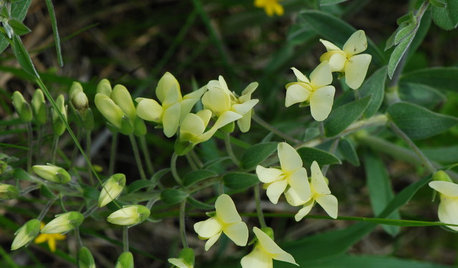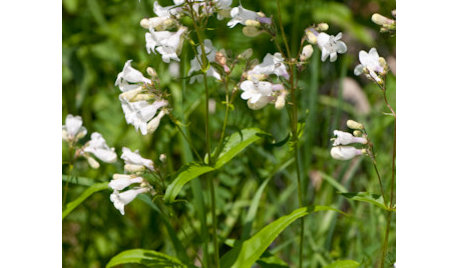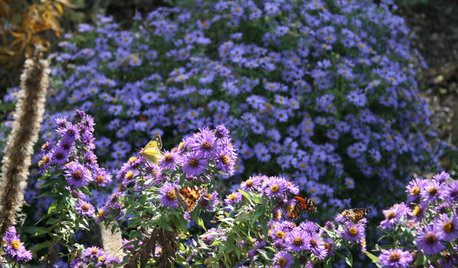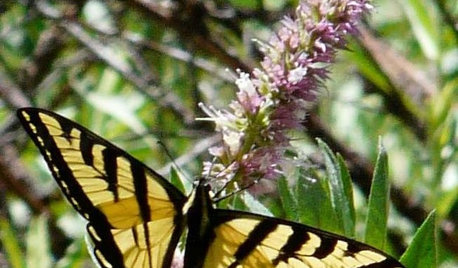Lovin' the blooms and butterflies!!
Lisa_H OK
11 years ago
Related Stories

FLOWERS AND PLANTSPlant Baptisia Bracteata for Blooms Pollinators Will Love
Longbract wild indigo is great in dry soil, and its spring flowers attract butterflies and bumblebees
Full Story
NATIVE PLANTSGreat Native Plant: Grow Wild Quinine for Its Unique Clusters of Blooms
Get connoisseur cred and unique blooms with this uncommon plant. Bonus assets: It’s low maintenance and drought tolerant
Full Story
GARDENING FOR BUTTERFLIESGreat Design Plant: Aromatic Aster Keeps on Blooming
Tough as nails, drought loving, a deep fall bloomer ... this aster is a champ in sunny gardens
Full Story
GARDENING GUIDESGreat Design Plant: Ceanothus Pleases With Nectar and Fragrant Blooms
West Coast natives: The blue flowers of drought-tolerant ceanothus draw the eye and help support local wildlife too
Full Story
GARDENING GUIDESGreat Design Plant: Try Blue Bells for Blooms in Dry Soil
This shrub’s violet-blue flowers and silvery foliage brighten low-water gardens all year long
Full Story
GARDENING GUIDESGreat Design Plant: Try Penstemon Digitalis for Showy White Blooms
Bees gather nectar from this North American native while you’ll appreciate its unthirsty nature and soil tolerance
Full Story
FLOWERSGet Coneflower Blooms All Summer Long
Plant these 5 native species to bring beauty to the garden — and pollen to the insects — from June through August
Full Story
FLOWERS AND PLANTSHelp Monarchs and Other Butterflies by Planting Common Milkweed
Summer-blooming Asclepias syriaca is an important larval host plant for the monarch butterfly and attracts a number of pollinating insects
Full Story
FLOWERS15 Native Flowers That Attract Butterflies
By picking plants from this list that are right for your location, you’ll get colorful blooms and support pretty pollinators
Full Story
GARDENING AND LANDSCAPING9 Flowers That Draw Butterflies
Charm winged beauties and human visitors alike with these enticing, fragrant and colorful blooms for the garden
Full Story





susanlynne48
Okiedawn OK Zone 7
Related Professionals
Maple Valley Landscape Architects & Landscape Designers · Havre de Grace Landscape Architects & Landscape Designers · Willowick Landscape Architects & Landscape Designers · Alamo Landscape Contractors · Andover Landscape Contractors · El Reno Landscape Contractors · Framingham Landscape Contractors · Hawaii Landscape Contractors · Long Beach Landscape Contractors · Lynchburg Landscape Contractors · Lauderdale Lakes Landscape Contractors · Commerce City Decks, Patios & Outdoor Enclosures · Franconia Decks, Patios & Outdoor Enclosures · Salt Lake City Decks, Patios & Outdoor Enclosures · Vandalia Decks, Patios & Outdoor Enclosuressusanlynne48
Okiedawn OK Zone 7
susanlynne48